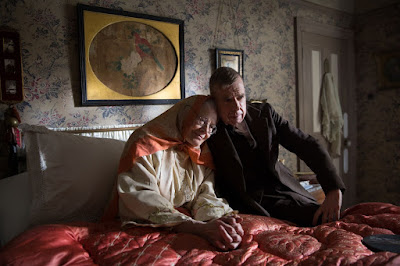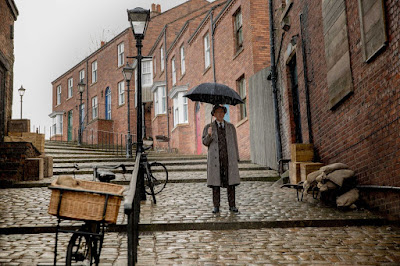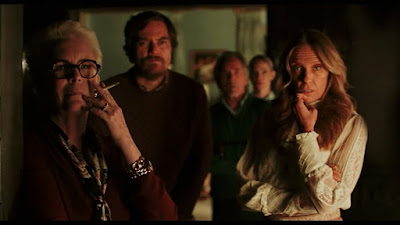A couple are followed through their successes and failures as they work to develop a sustainable farm on 200 acres outside of Los Angeles. Over the years, the desolate they purchase begins to thrive and is transformed.
When studying science at university, environmental science is the subject that changed me from a man that cared only about how cheap food or products were, to caring how sustainably it was made. Learning about the effects of monocultures, tilling of soil, deforestation, pesticides and other chemical use, it opened my eyes to the dangers of the profit-driven model of capitalism. Since then, it has always been a long-term dream to own a property that provides its own water, electricity, and food.
The Biggest Little Farm is exciting because it looks at these subpar farming practices and seeks to improve them through natural means; by creating a circular ecosystem that is balanced enough to near enough control itself. Expertly edited through seven years of footage, John Chester takes us through the ups and downs of the establishment of his all-natural farm.
It's a very emotional experience. Watching John and Molly taking the leap into this new endeavour with no knowledge or savings to fund it, this is the underdog story that the audience wants to succeed, as a symbol of hope in a world that has been exploited and ravaged by generations of poor management. We need it to succeed to prove that there is a way back from the brink of environmental destruction, to prove that it is also economically viable, and because of that, the audience is firmly linked with John and Molly, feeling the pain and frustrations of their struggles, the grief of their losses, and the joys and adulation of their successes.
John acts as not only the farmer, but also director, producer, and cinematographer of this biggest little feature, and it shows, through the very strong narrative direction. There are so many different elements that come into play throughout the runtime, but it never feels overwhelming. It shows the visible consequences of each imbalance in the ecosystem, showing the effects of every change that they make, and leaves enough time to pass before a solution is found to effectively convey the tension that occurs. The cinematography, in particular, is highly variable, varying from handheld footage, to drone photography and high definition close-ups, there are many moments in the film (particularly around the animals present in the farm) that would not be out of place in a David Attenborough BBC documentary.
The complexity of an ecological system can seem intimidating, but John and Molly Chester are able to focus your attention to one detail at a time, before pulling back slightly to find a solution within another problem. Gophers, for example, are great for aerating the soil, but in too high numbers, will eat the roots of your trees and kill them. Gophers are a pain for humans to control without traps and poison, but gophers also are not at the top of the food chain, and therein lies the solution.
There is a fair amount of death in this documentary, which some younger children may find slightly distressing. But death is a necessary component of the cycle of life, and it's great to see that they did not shy away from showing this part of the struggle. It has its ups and downs, but The Biggest Little Farm is uplifting and sows the seeds of hope for future generations. With some grounded humour, and protagonists that the audience can truly support and care about, this documentary is an important reminder that everything has a purpose.
The Biggest Little Farm is in cinemas from December 5, 2019



















































